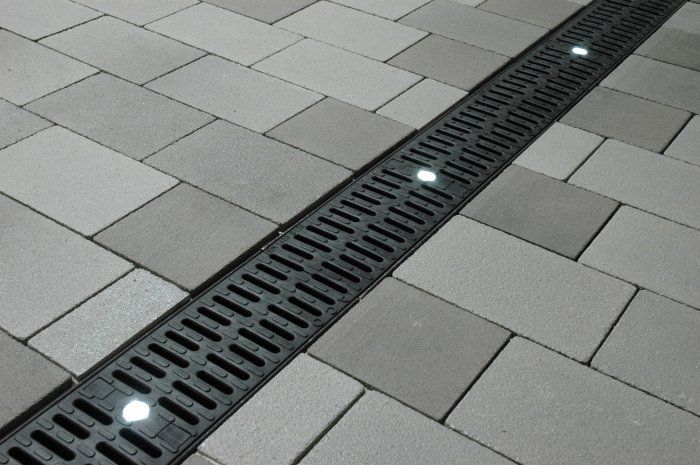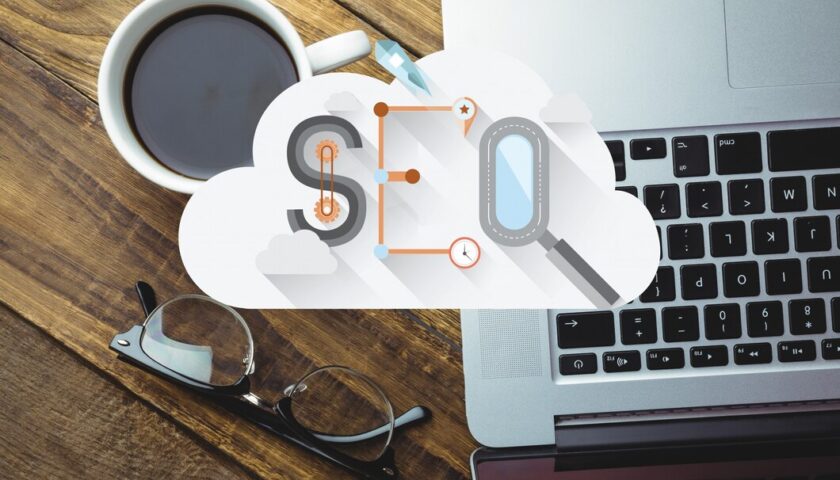When faced with sudden drainage issues, it’s easy to feel overwhelmed, especially when the problem escalates to a full-blown backup. Emergency drain unblocking becomes essential in preventing further damage and restoring normal function to your home or business. This guide will walk you through what to do when your drains back up and how to handle the situation effectively.
Understanding Drain Backups
A drain backup occurs when water or waste can no longer flow freely through the drainage system, causing it to return through sinks, toilets, or floor drains. This issue often results from blockages caused by:
- Accumulated grease or food waste
- Hair and soap scum build-up
- Tree root infiltration
- Foreign objects lodged in the pipes
- Structural issues, such as pipe collapses
If not dealt with promptly, a drain backup can lead to significant water damage, foul odours, and even health hazards.
Signs You Need Emergency Drain Unblocking
Before the situation worsens, here are some signs that call for immediate action:
- Slow drainage in sinks, bathtubs, or showers
- Unpleasant odours coming from drains
- Gurgling sounds from pipes or toilets
- Water pooling around floor drains
- Toilets failing to flush or overflowing
If you notice any of these signs, it’s crucial to take action quickly.
Immediate Steps to Take During a Drain Backup
1. Stop Using Water Appliances
Cease using any sinks, showers, or toilets to prevent more water from entering the drainage system. Continuing to use water could make the blockage worse, resulting in a bigger mess and more expensive repairs.
2. Turn Off the Water Supply
If water overflow is severe, shutting off the main water supply can help minimize further damage. This step is crucial if you suspect a burst pipe or major blockage in the main drain line.
3. Check for Obvious Blockages
In some cases, you might be able to identify the problem yourself. Common blockages, such as clogs in sink traps or hair in shower drains, can often be cleared using:
- A plunger
- Drain snake (manual or motorized)
- Hot water mixed with baking soda and vinegar
If these methods fail, it’s time to call a professional.
Why Professional Emergency Drain Unblocking Is Necessary
When basic DIY methods don’t resolve the issue, professional help is essential. Trained technicians use advanced tools such as:
- CCTV Drain Surveys: To identify the exact location and cause of the blockage.
- High-Pressure Water Jetting: A powerful technique that clears stubborn blockages quickly and efficiently.
- Root Cutting Equipment: To remove invasive tree roots that might have infiltrated your pipes.
Hiring an expert ensures the blockage is handled safely, preventing long-term damage to your drainage system.
Preventing Future Drain Backups
While emergency drain unblocking resolves the immediate problem, preventing future blockages is just as important. Here are some maintenance tips:
- Avoid pouring grease, oil, or food waste down the kitchen sink.
- Use drain guards to catch hair and debris.
- Regularly clean drains using non-corrosive solutions.
- Schedule professional drain cleaning at least once a year.
When to Call for Emergency Drain Unblocking Services
If water continues to overflow or you notice recurring drainage issues, don’t wait. A professional emergency drain unblocking service can help prevent water damage, mould growth, and costly repairs down the line. Acting quickly ensures your drains are back in working order and minimizes any potential hazards.
Final Thoughts
Dealing with a drain backup can be stressful, but quick action and professional help make all the difference. By recognizing the signs early and knowing when to call for emergency drain unblocking, you can prevent serious damage to your property and maintain a healthy drainage system. Don’t let a minor blockage escalate—take action today and keep your drains flowing smoothly.





